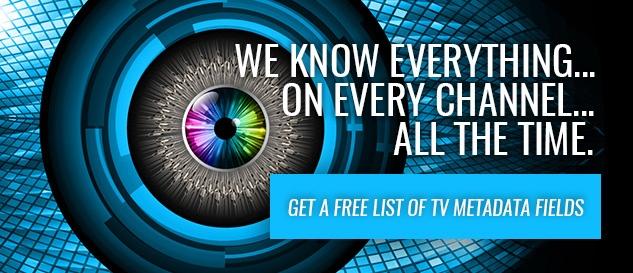 It’s hard to believe, but 35 years ago, a February “TV Guide”
article written by Neil Hickey effectively envisioned much of how television is
experienced today.
It’s hard to believe, but 35 years ago, a February “TV Guide”
article written by Neil Hickey effectively envisioned much of how television is
experienced today.The piece, entitled “Read any good television lately?” theorized that a “new kind of television will change your life in some important and even profound ways” through the utilization of an ongoing “Information Explosion.”
Hickey went on to describe how television would work in further detail:
Television of the near-future will feature 'electronic mail' & 'printed pages' (via TV Guide, Feb 1980) pic.twitter.com/7I2IHQgk6S
— RetroNewsNow (@RetroNewsNow) February 20, 2015
It’s pretty clear in terms of present day technology what he’s
discussing. That ‘special decoder’ is what we now refer to as a set-top box
(STB) or DVR; and that ‘key-pad device’ is the remote control.
Hickey even foresaw the creation and deployment of different on-screen apps, which viewers now access on Smart TVs and STBs via an entertainment platform of some sort.
Hickey even foresaw the creation and deployment of different on-screen apps, which viewers now access on Smart TVs and STBs via an entertainment platform of some sort.
News can be viewed on one’s television with a variety of apps; ESPN’s ScoreCenter handles sports results, MarketWall reveals stock insights and AccuWeather can deliver outdoor conditions.
AllRecipes provides numerous cooking options. Even gardening tips, thanks to Secret Garden, are able to be shown on the television set.
A key component in building TV apps and media portals is
enhanced metadata – the in-depth television content and rich media imagery that
viewers desire. FYI Television specializes in this, just ask!
Author: Brian Cameron
Author: Brian Cameron
Follow @FYITV







Prescient or the original author has simply visited the UK. From 1973 Teletext on the BBC offered most of these services. I, like many Brits, grew up browsing teletext on TV for the weather, news, sports results, travel information and yes, even recipes. It was an outgrowth of the tech used for early closed captions. There were attempts to bring it to the US. An often overlooked chapter of interactive TV and more broadly pre-dating the web to create a hyperlinked information experience. It's limits kept it from being open. France had Minitel, built on the phone infrastructure vs. TV and it was open so it thrived and even supported 3rd parties (porn was big!)
ReplyDeletehttp://en.wikipedia.org/wiki/Teletext